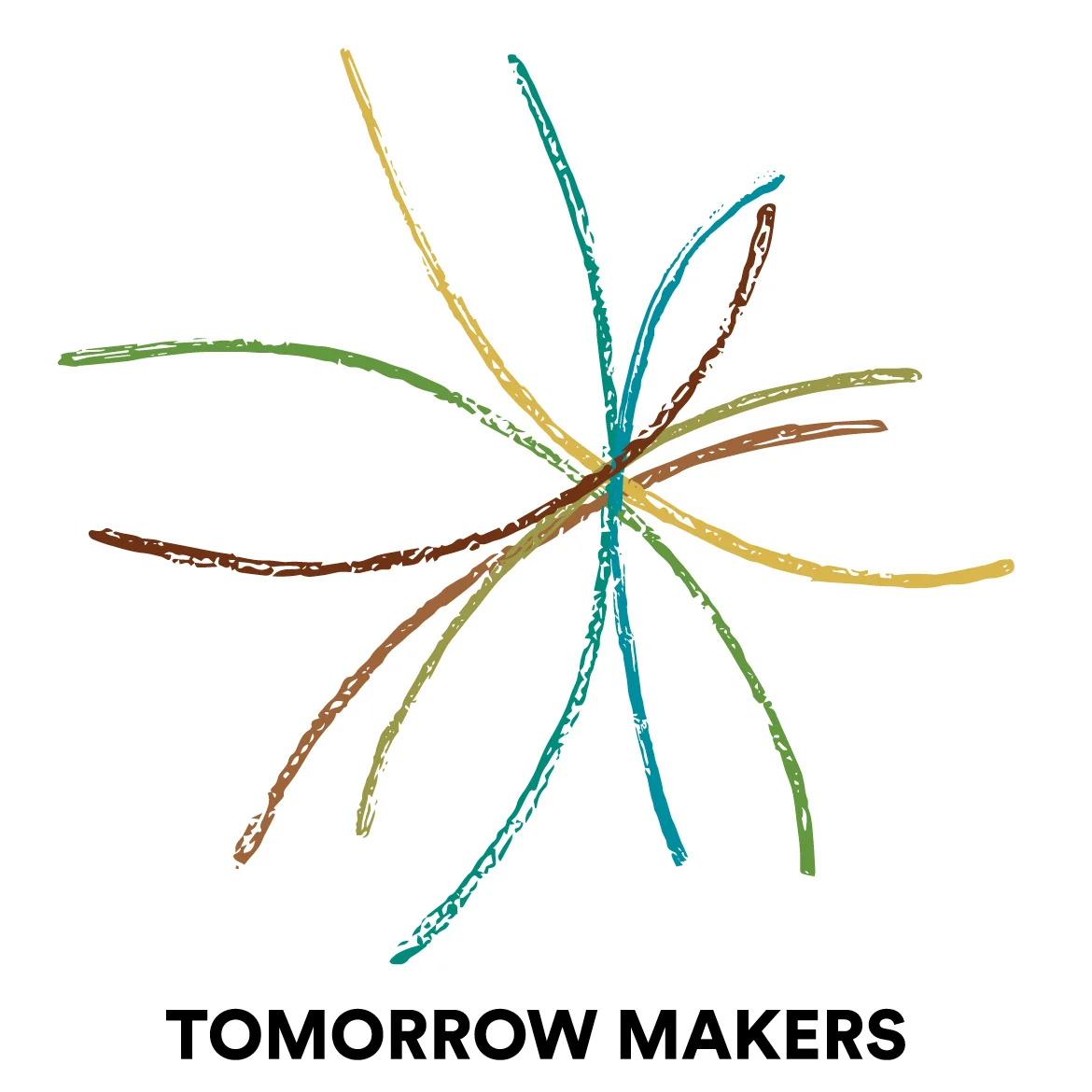Instead of answers, clues
/In her recent post, A world without answers, Gail expounds on one of the effects of increasing rates of change and growth in complexity: Answers aren't what they used to be. So how then, as we venture into panarchy, can we utilize the incredible expertise time has accumulated, if not for answers?
An effective process through which to put "expertise" is a syntopical reading. Most often (in my experience), this is done in groups, with each person having different books or source material, and taking an hour or 90 minutes to scan and note. However, it can also be an enlightening way of thinking and engaging with ideas as an individual.
Create a dialogue with and among the authors. Don't limit them to analysis and critique - let them imagine and galumph with each other's thoughts. Use syntopical reading as a means of getting familiar with someone's ideas and the all important context and situations they rest upon... and then carrying them forward. Engage both imaginative, play-of-mind thinking as well as analytical and critical thinking.
Don't set your sights on answers. Rather, seek out clues, and explore the relationships that connect them.
I'm using syntopical reading and conversing in this way in a current exploration of paradigm shifts and other kinds of phase transitions. Gail and I recently crafted a paper touching on paradigm shifts in general but more particularly, exploring current history for compelling signs that a significant shift is unfolding, and may be on the verging on a global upcreation to borrow a term from Kevin Kelly.


